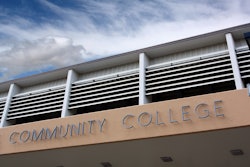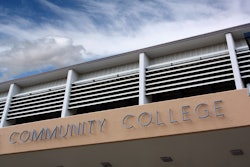It may lack the fiscal health of America’s giant computer firms,
but the federal government has emerged recently as a central funding
source for schools and colleges to access educational technology.
While companies donate thousands of computers to schools each year,
seed money from the Education Department (ED) and other federal
agencies are building an infrastructure which will integrate technology
with traditional curricula. Such funding has increased steadily during
the Clinton administration, which made technology a priority in many
new programs such as Goals 2000 and school-to-work transition.
Congress also came on board in a big way last year by supporting a
Clinton plan to create state grants for educational technology. In
1997, the government will hand out $200 million to states, with a goal
of targeting low-income students and promoting Internet links. The
White House envisions a $2 billion initiative lasting about five years.
This program will “help meet the president’s goal of linking every
school to the information superhighway by the year 2000,” said
Education Secretary Richard Riley. “It would especially help link rural
and inner-city schools to a wide world of learning.”
States can spend money at their discretion but should promote four
general goals: to connect every school and class to the information
superhighway; to provide access to modern computers for all teachers
and students, to develop effective and engaging software; and to
provide teachers with appropriate training.
ED and Congress also reserved $57 million for challenge grants, in
which schools, colleges, universities and businesses develop
partnerships on new ways to link technology and learning. During the
past two years, challenge grants have funded forty-three such
partnerships.
Although they include colleges and universities, public elementary
and secondary schools remain the main focus of the challenge grants. In
fact, most new federal initiatives target public schools rather than
post-secondary institutions. The new dollars give top priority to
serving low-income youth.















